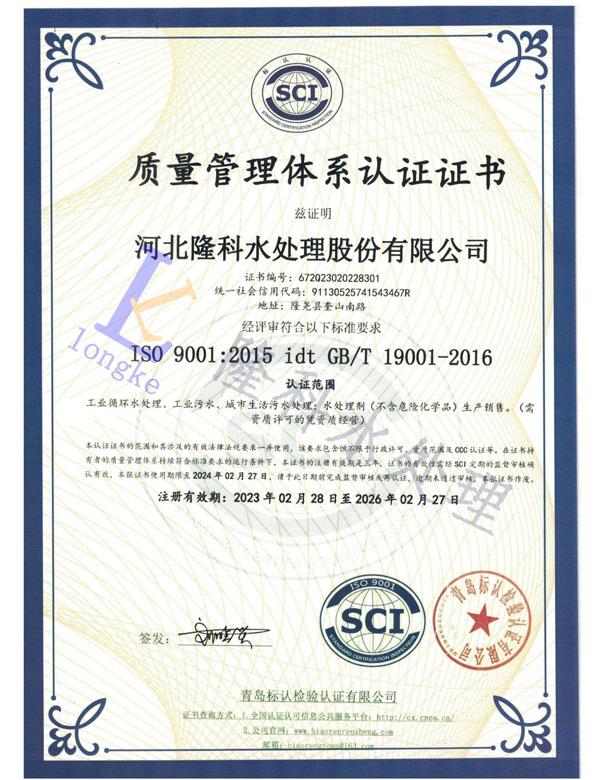polyaspartic acid structure
Polyaspartic Acid Structure and Applications
Polyaspartic acid, a synthetic polymer derived from aspartic acid, has garnered significant attention in various fields due to its unique structural and chemical properties. As a member of the polyamino acid family, it plays a crucial role in biochemistry and materials science. Understanding its structure is imperative for exploring the myriad of applications it offers, from coatings and adhesives to biomedical materials.
Chemical Structure
Polyaspartic acid is a water-soluble polymer created through the polymerization of aspartic acid monomers. The backbone of polyaspartic acid consists of repeating amide linkages, forming a chain of amino acid units. The side chains contain carboxylic acid groups (-COOH) unique to aspartic acid, which contribute to the polymer's hydrophilicity and ionic character. The presence of these functional groups allows polyaspartic acid to engage in various chemical interactions, making it adaptable for diverse applications. The degree of polymerization, which refers to the number of aspartic acid units in the chain, can be controlled during synthesis, influencing the polymer's properties such as molecular weight and viscosity.
Physical Properties
Polyaspartic acid is known for its excellent thermal stability, high tensile strength, and flexibility. Its unique structure allows it to form gels and hydrogels, leading to its use in applications that require modifications in texture and viscosity. Additionally, the carboxyl groups in its side chains can undergo ionization, allowing the polymer to function as a chelating agent for metal ions in solution. This property is particularly valuable for water treatment and environmental applications.
Applications in Industry
polyaspartic acid structure

The versatility of polyaspartic acid extends to various industries. In the construction sector, it is utilized in protective coatings for concrete and metal surfaces due to its adhesion properties and resistance to chemicals and UV degradation. These coatings not only enhance durability but also provide aesthetic benefits, making them a popular choice for architectural finishes.
Furthermore, polyaspartic acid has gained traction in the field of adhesives. Its film-forming ability and quick-curing properties make it suitable for bonding applications, particularly in situations that require rapid assembly or repair. The incorporation of polyaspartic acid into adhesive formulations can significantly improve bond strength and durability, even in harsh environmental conditions.
In the biomedical field, polyaspartic acid exhibits promising potential as a drug delivery system. Its biocompatibility and ability to form hydrogels enable it to encapsulate therapeutic agents, providing controlled release profiles. This application is particularly crucial in the development of targeted therapies for various diseases, including cancer, where localized drug delivery can minimize side effects and enhance efficacy.
Environmental Considerations
As environmental concerns rise, the development of sustainable polymers is becoming increasingly important. Polyaspartic acid is derived from renewable resources, making it an attractive candidate for eco-friendly materials. Its biodegradability enhances its appeal, especially in applications where long-lasting environmental impact is undesirable. Research is ongoing to explore the potential of polyaspartic acid and its derivatives in creating environmentally friendly materials that do not compromise performance.
Conclusion
Polyaspartic acid stands out as a versatile polymer with a wide range of applications across various sectors, thanks to its unique structure and chemical properties. Its ability to form durable coatings, strong adhesives, and biocompatible materials illustrates its significance in both industrial and biomedical fields. As research continues to unlock its potential and address sustainability challenges, polyaspartic acid is poised to become an integral material in the future of various technologies, paving the way for innovations that combine performance with environmental responsibility. Understanding and harnessing the properties of polyaspartic acid will undoubtedly play a pivotal role in shaping developments across multiple disciplines in the years to come.
-
Water Treatment with Flocculant Water TreatmentNewsJun.12,2025
-
Polymaleic AnhydrideNewsJun.12,2025
-
Polyaspartic AcidNewsJun.12,2025
-
Enhance Industrial Processes with IsothiazolinonesNewsJun.12,2025
-
Enhance Industrial Processes with PBTCA SolutionsNewsJun.12,2025
-
Dodecyldimethylbenzylammonium Chloride SolutionsNewsJun.12,2025





